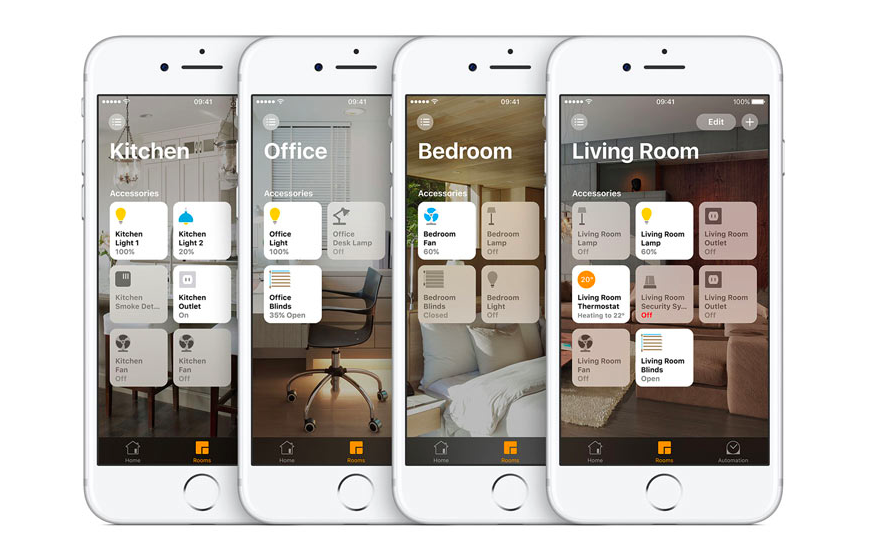Apple unveils interactive Homekit experiences in-store.
Apple are making moves to drum up interest in their Apple Homekit ecosystem in the run up to the launch of the Homepod later this year. Competitors Google (with Google Home) and Amaxon (with Alexa) have a headstart in voice control of the home, this move will help align Apple customers with the possibilities of the Apple Homekit smart home ecosystem.
"Unless you’ve had a chance to try some Apple HomeKit products in someone’s home or apartment, it can be hard to understand how it all works. In order to help with that, Apple has unveiled interactive HomeKit experiences in 46 of its retail stores worldwide.
Now, when you go into Apple’s new retail stores, you’ll be able to use the Home app from either an Apple Watch, iPhone or iPad to control devices like the Phillips Hue light bulb, the Hunter ceiling fan and many others. If you tap to the lower the shades in the living room, for example, you’ll see the shades lower in the house shown on the screen.
In the U.S., people can check out the experience at Apple’s Union Square store in San Francisco, its World Trade Center and Williamsburg stores in New York, and 28 other stores throughout the country. Outside of the U.S., Apple offers these experiences in 15 stores, including ones in the UK, UAE, Germany, Mexico, Singapore and Taiwan. A non-interactive HomeKit experience will be offered at all of Apple’s other stores — the ones without “The Avenue” window displays.
For those unfamiliar with Apple’s move into automation, Apple’s Home app lets people control all of their HomeKit-enabled smart devices from one app. You can group together certain HomeKit devices in the app to create or edit a new scene. Doing so enables you to activate multiple devices with one command — either a tap of the screen or via Siri.
I first had the chance to experience HomeKit last November, when Apple invited TechCrunch to a house in Alameda that it decked out with HomeKit-enabled devices. But before I went, I had a very limited understanding of what it would be like to interact with those devices. And up until today, everyday people didn’t have a way to experience what HomeKit is all about unless they bought some devices.
By offering HomeKit experiences inside retail stores, Apple is bringing the experience I had inside that house to its physical retail stores in order to better familiarize everyday people with the capabilities of HomeKit. And with the HomePod smart speaker set to debut in December — going up against Amazon’s Echo and Google’s Home devices — Apple is clearly looking to put a greater emphasis on the role it can play in your home.
Apple marketed the HomePod at its Worldwide Developers Conference as a Siri-enabled speaker for your home. It also presented the HomePod as a device that can serve as a hub for your HomeKit-enabled devices, such as lights, a garage door, air conditioner and other gadgets. A hub, which both the Apple TV and iPad can function as, is what makes it possible to set up automation, remote access and grant access to additional people.
It’s not clear what success would look like for Apple’s retail store experiences for HomeKit in terms of numbers of visitors, purchases and whatnot, but the ultimate goal seems to be to get people more comfortable with HomeKit devices and help to democratize home automation. Apple also doesn’t have a clear timeline for how long this will be available inside retail stores, but it seems that it will be relatively constant, at least through December when the HomePod comes out."





